42 correctly label the following major systemic veins
Anatomy of the Integumentary System - Verywell Health The integumentary system includes organs and structures such as the skin, hair, nails, glands, and nerves. The primary function of the integumentary system is to serve as a barrier between the inside of the body and elements in the environment like bacteria, pollution, and UV rays from the sun. It also helps retain bodily fluids, eliminate ... The immune system: Cells, tissues, function, and disease Summary. The immune system is the body's tool for preventing or limiting infection. Without it, the body would be unable to withstand attacks from bacteria, viruses, parasites, and more. The ...
CaverJect Impulse: Package Insert / Prescribing Information - Drugs.com Avoid visible veins during injection. Alternate the side of the penis that is injected and the site of injection. Compress the site of injection with an alcohol swab or sterile gauze for 5 minutes. CAVERJECT IMPULSE is intended for single use only and should be discarded after use.

Correctly label the following major systemic veins
NCERT Exemplar Class 11 Biology Chapter 18 Body Fluids and Circulation Ans: (a) The volume of blood pumped out by the Rt and Lt ventricles is same. Q4. The cardiac activity could be moderated by the autonomous neural system. Tick the correct answer (a) The parasympathetic system stimulates heart rate and stroke volume (b) The sympathetic system stimulates heart rate and stroke volume Major Arteries and Veins - Human Anatomy - GUWS Medical 1. brachiocephalic artery,_, right axillary artery 2. ascending aorta,_, thoracic aorta 3. abdominal aorta ,_, ascending colon 4. brachiocephalic artery,_, right external carotid artery 5. axillary artery,_, radial artery 6. common iliac artery, 7. pulmonary trunk ,_ _, femoral artery Part C Anatomical Terms & Meaning: Anatomy Regions, Planes, Areas, Directions Human anatomy is the study of the structure of the human body.Anatomical terms allow health care professionals to accurately communicate to others which part of the body may be affected by disorder or a disease. Terms are defined in reference to a theoretical person who is standing in what is called anatomical position (see figure below): both feet pointing forwards, arms down to the side with ...
Correctly label the following major systemic veins. The Cardiac Cycle - Pressures in The Heart - TeachMePhysiology The ventricles are filled with blood in two stages - diastole (heart relaxation) and atrial systole (contraction of the atria). In diastole, both the atria and the ventricles are relaxed. Blood flows from the vena cava and pulmonary veins into the right and left atria respectively, before flowing directly into the ventricles. Poor Circulation: Symptoms, Causes, Treatment, and More - Healthline tingling. numbness. throbbing or stinging pain in your limbs. pain. muscle cramps. Each condition that might lead to poor circulation can also cause unique symptoms. For example, people with ... How the Heart Works: How Blood Flows, Parts of the Heart, and More - WebMD As the heart beats, it pumps blood through a system of blood vessels, called the circulatory system. The vessels are elastic, muscular tubes that carry blood to every part of the body. Blood is ... Arteries, Veins, and Capillaries - Biology LibreTexts Veins are blood vessels that bring blood back to the heart and drain blood from organs and limbs. Capillaries have one layer of cells (the endothelial tunic or tunica intima) where diffusion and exchange of materials takes place.
Path of Blood Through the Heart | New Health Advisor Blood returns to the heart through the pulmonary veins, which go into the left chambers. 4. Left Atrium The left atrium receive blood from the lungs and pushes it through the mitral valve to pass it into the left ventricle. 5. Left Ventricle Organs of Circulatory System and Their Functions Main Circulatory System Organs Your circulatory system consists of the heart and blood vessels. It also includes about 5 liters of blood that your heart transports through your blood vessels. 1. The Heart Located slightly to the left of the middle of your chest, the heart is made of strong muscle tissue and is protected by your rib cage. Major arteries, veins and nerves of the body: Anatomy | Kenhub Major arteries By definition, an artery is a vessel that conducts blood from the heart to the periphery. All arteries carry oxygenated blood-except for the pulmonary artery.The largest artery in the body is the aorta and it is divided into four parts: ascending aorta, aortic arch, thoracic aorta, and abdominal aorta.. After receiving blood directly from the left ventricle of the heart, the ... Major Veins of the Body - Video & Lesson Transcript | Study.com Major Veins of the Body. Instructor: Joelle Mumley. Veins are part of the body's circulatory system and their main function is to return blood to the heart so it can be resupplied with oxygen and ...
Circulatory system - Wikipedia The network of blood vessels are the great vessels of the heart including large elastic arteries, and large veins; other arteries, smaller arterioles, capillaries that join with venules (small veins), and other veins. The circulatory system is closed in vertebrates, which means that the blood never leaves the network of blood vessels. Drag Each Label to the Location of Each Structure Described - Blogger Place each label on the appropriate cerebral lobe. Drag and drop the text labels onto the boxes next to the heart diagram. Correctly label the following major systemic arteries. Each label can be used more than once. Drag and drop each label identifying the cerebral area that if injured would result in the functional disturbance described. Respiratory System Quiz: Questions With Answers - ProProfs Generating energy for the continuance of the bodily functions 2. The two major organs of the respiratory system where the gas exchange takes place and carbon dioxide is given off, and oxygen is taken in. A. Kidneys B. Lungs C. Intestines D. Appendix 3. Small air sacs in the lungs where many capillaries exchange carbon dioxide for oxygen are: A. Science Olympiad Get Ready for the 2023 Season! Founded in 1984, Science Olympiad is the premier team STEM competition in the nation, providing standards-based challenges to 5,500 teams at 400 tournaments in all 50 states. 2023 Rules Released 9/6/22, followed by 30+ fall workshops by state and national Workshop Wednesdays showcasing innovative content. Become a member through your State Chapter to play, in ...
Anatomy, Skin (Integument), Epidermis - StatPearls - NCBI Bookshelf The papillary layer is the upper layer, thinner, composed of loose connective tissue and contacts epidermis. The reticular layer is the deeper layer, thicker, less cellular, and consists of dense connective tissue/ bundles of collagen fibers. The dermis houses the sweat glands, hair, hair follicles, muscles, sensory neurons, and blood vessels.
23 Blood Vessels Quizzes Online, Trivia, Questions & Answers - ProProfs Narrowing or complete occlusion of the vessel lumen B. Weakness of the blood vessel wall C. Damage to the adventitia D. Damage to the small arteries that prevents proper vasoconstriction and vasodilation. A and B. A, B and C. ALL the choices.
Human body systems: Overview, anatomy, functions | Kenhub The circulatory system, also called the vascular system, consists of arteries, veins and capillaries. They all comprise a continuous network of vessels which act to carry blood around the body. Blood leaves the heart via arteries, these progressively reduce in size to continue as smaller arterial vessels called arterioles.
Label The Major Systemic Arteries - Cardiovascular System Health Jade This online quiz is called major systemic arteries pt 1. Learn vocabulary, terms, and more with flashcards, games, and other study tools. Match the given artery with its corresponding location within the body. A4 figure 47.17 label the major systemic arteries. Test yourself with these interactive blood vessel quizzes.
The spleen: Anatomy, function, and disease - Medical News Today The spleen sits in the upper left of the abdomen, protected by the rib cage. It is the largest organ of the lymphatic system — the circulation of the immune system. It recycles old red blood ...
Herbicides: How They Work and the Symptoms They Cause Overview. Knowing how herbicides work and how to use them safely is important for both agricultural producers and home gardeners. This publication describes the symptoms of each category of herbicides (growth regulators, photosynthesis inhibitors, etc.), and lists products by common and trade names. (12 pages)
Venous Drainage of the Abdomen - TeachMeAnatomy Lumbar veins - drain the posterior abdominal wall. Renal veins - drain the kidneys, left adrenal gland and left testis / ovary. Right testicular or ovarian vein - drains the right testes in males and the right ovary in females (the left testicular or ovarian vein drains into the left renal vein).
Details for: nct03468426 Clinical Trial | BIPI Medical Information New blood vessels are needed by the tumour to continue growing. Ezabenlimab is an antibody that may help the immune system fight cancer (immune checkpoint inhibitor). ... (R2) that result in a low failure rate of less than 1% per year when used consistently and correctly, starting with the screening visit and through 6 months after the last ...
Blood Flow Through the Heart and Lungs - Verywell Health The aorta is the artery that feeds the rest of the body through a system of blood vessels. Blood returns to the heart from the body via two large blood vessels called the superior vena cava and the inferior vena cava. This blood carries little oxygen, as it is returning from the body where oxygen was used.
Correctly Label the Following Arteries of the Thorax Correctly label the following veins of the thorax. Blood vessels are the pipes or channels through through blood flows and reaches to. Thoracoacromial trunk supplies blood to the deltoid and pectoral region. All systemic arteries arise from the aorta which has three principal regions. Anterior Intercostal Veins.
40.12: Blood Flow and Blood Pressure Regulation - Biology LibreTexts The heart pumps oxygenated and deoxygenated blood throughout the body in a complex system of arteries, veins, and capillaries. Learning Objectives Explain the blood flow through the body Key Points As blood is pumped away from the heart, it travels through the aorta to arteries, aterioles, and the capillary beds.
Anatomical Terms & Meaning: Anatomy Regions, Planes, Areas, Directions Human anatomy is the study of the structure of the human body.Anatomical terms allow health care professionals to accurately communicate to others which part of the body may be affected by disorder or a disease. Terms are defined in reference to a theoretical person who is standing in what is called anatomical position (see figure below): both feet pointing forwards, arms down to the side with ...
Major Arteries and Veins - Human Anatomy - GUWS Medical 1. brachiocephalic artery,_, right axillary artery 2. ascending aorta,_, thoracic aorta 3. abdominal aorta ,_, ascending colon 4. brachiocephalic artery,_, right external carotid artery 5. axillary artery,_, radial artery 6. common iliac artery, 7. pulmonary trunk ,_ _, femoral artery Part C
NCERT Exemplar Class 11 Biology Chapter 18 Body Fluids and Circulation Ans: (a) The volume of blood pumped out by the Rt and Lt ventricles is same. Q4. The cardiac activity could be moderated by the autonomous neural system. Tick the correct answer (a) The parasympathetic system stimulates heart rate and stroke volume (b) The sympathetic system stimulates heart rate and stroke volume
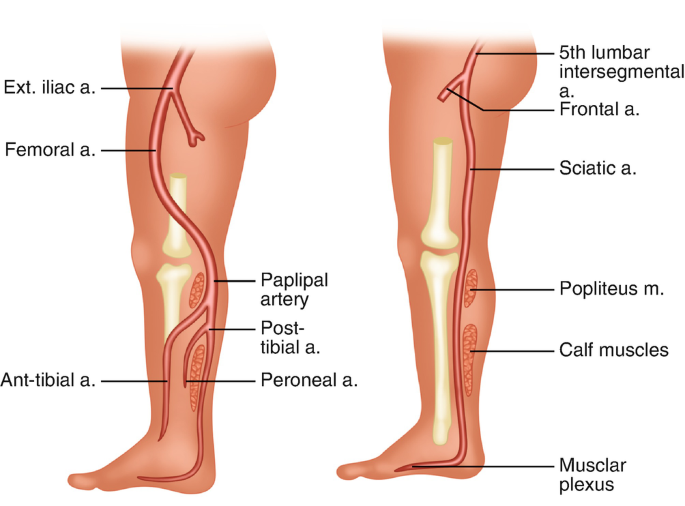
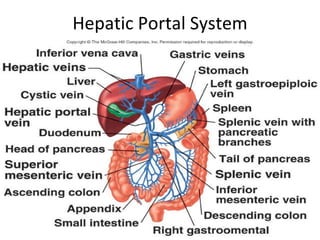










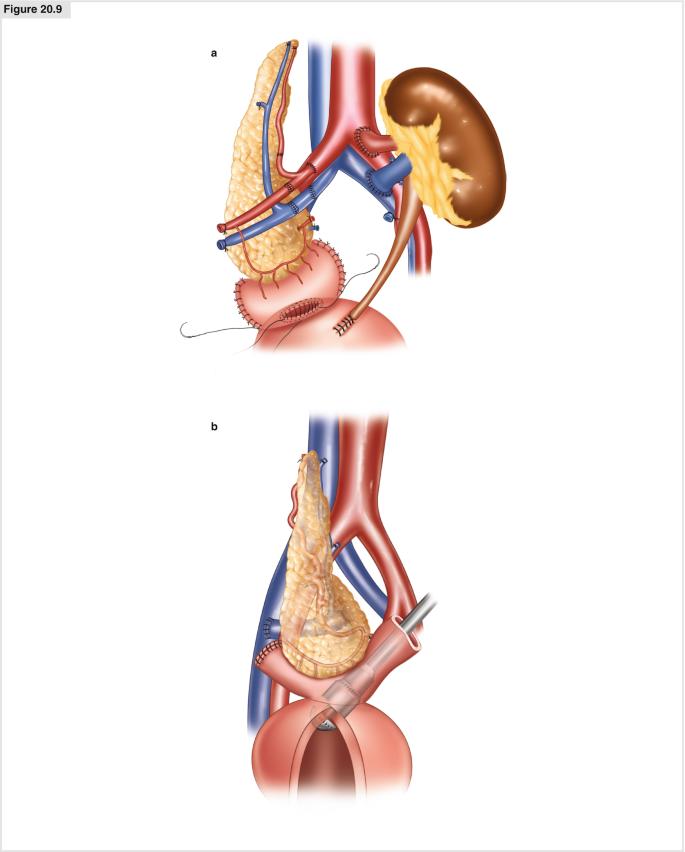









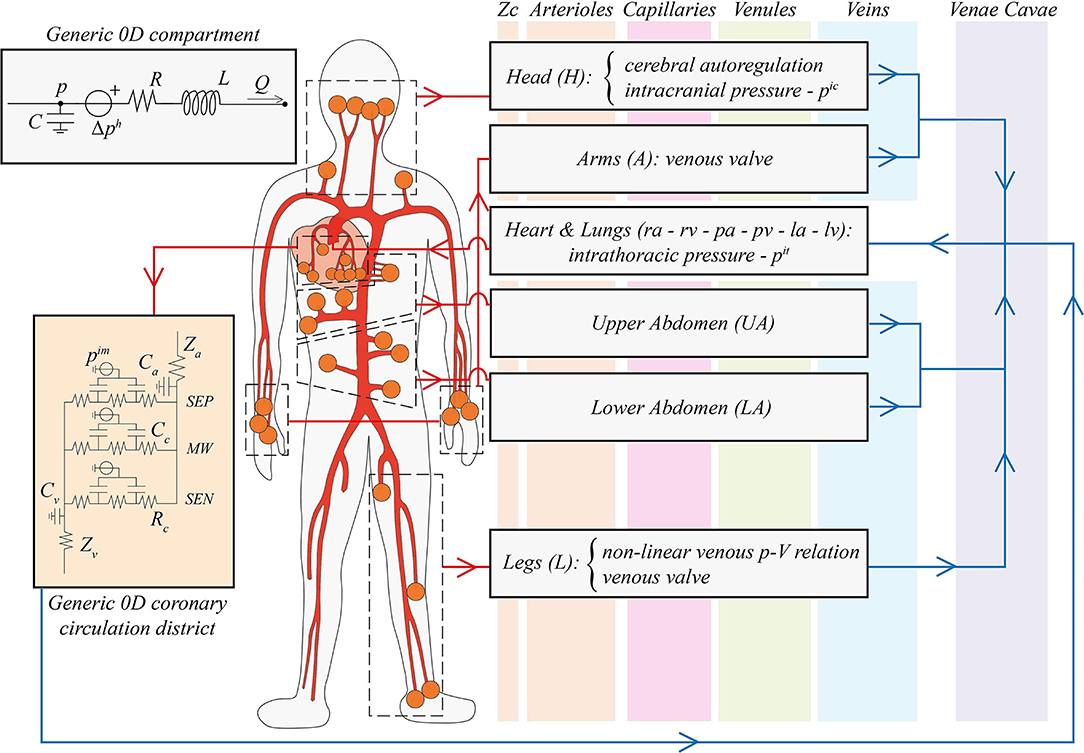











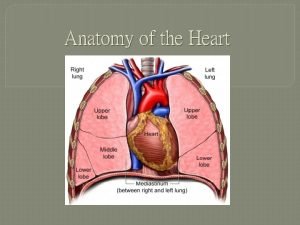




Post a Comment for "42 correctly label the following major systemic veins"